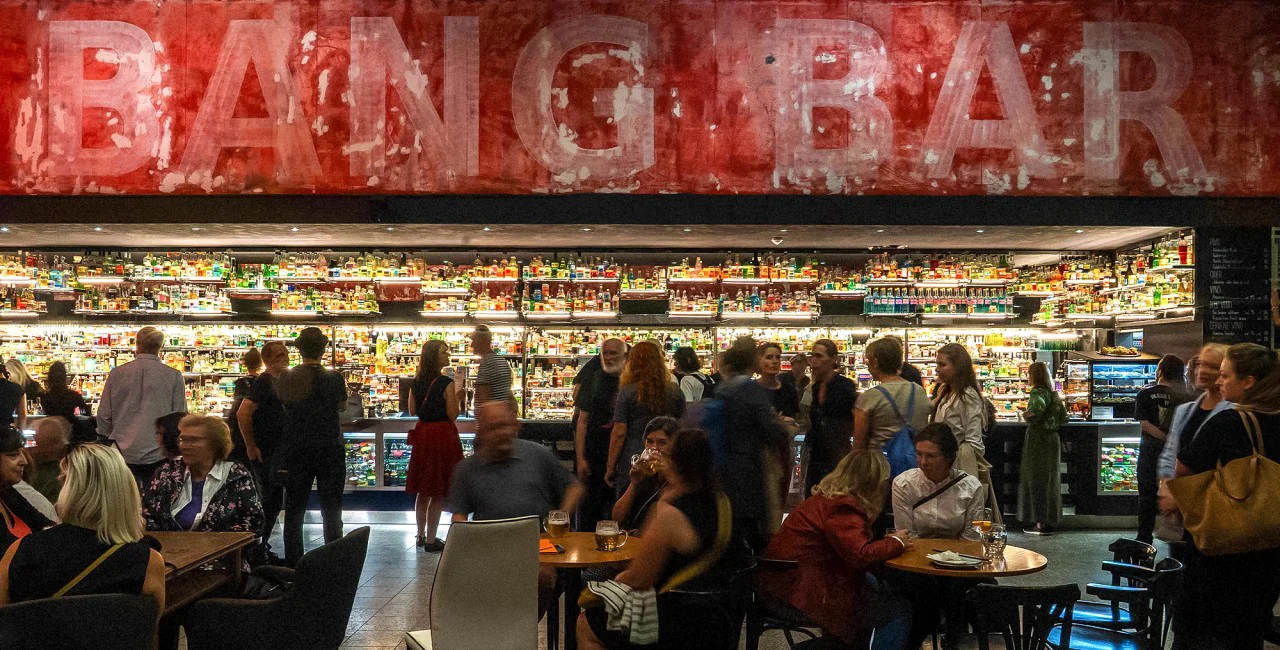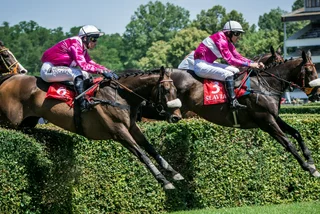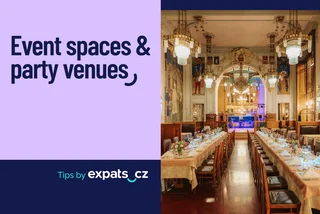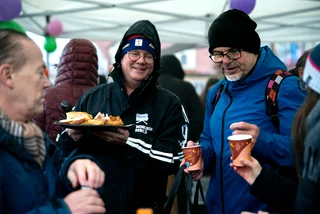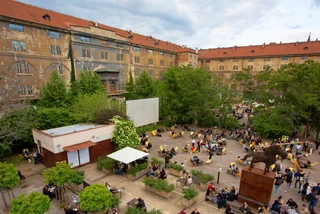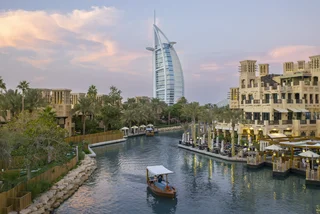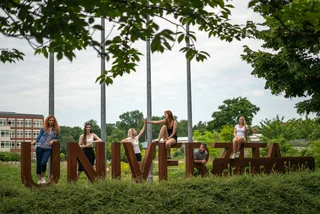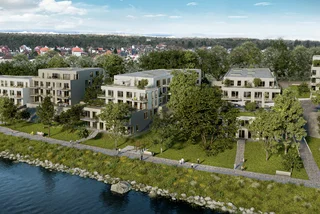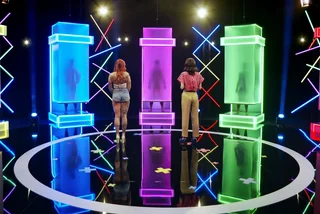Prague’s cultural landscape is expanding boldly, with two new art spaces asking what it means to be Czech today, each in radically different ways.
Galaxie: A “Big Bang” in a housing estate
Love or hate them, the sprawling gray Communist-era housing estates lining the outskirts of Prague and other Czech cities remain an enduring part of the landscape. Though some predicted they’d be abandoned or demolished after 1989, they’ve proven surprisingly resilient and a steadfast cultural touchpoint.
PARTNER ARTICLE
Today’s paneláky have changed over time. Facades now showcase evocative murals and street art, Instagram accounts devoted to their brutal beauty, and now, an entire art space inside a defunct multiplex in Prague's largest housing estate, Jižní Město.
The Galaxie multiplex has been reinvented as center for contemporary art for the 30th edition of the 4+4 Days in Motion festival.
The space opened in September as a “Cultural Station” for performance, dance, theatre, debates, and community projects. Visitors can explore the festival year-round, with exhibitions and performances running until the end of 2025.
The opening exhibitions set the tone. Planet Head by David Böhm and Ondřej Buddeus treats the head as its own planet of expressions, emotions, and relationships, inviting visitors to step inside.
The Housing Estate photography exhibit examines the very neighborhood Galaxie inhabits: over twenty Czech artists, including Magdalena Jetelová, Eva Koťátková, and Josef Bolf, reflect on the visual and emotional reality of panelák life, blending artistic vision with local residents’ stories.
Even the bar is an art installation: Acclaimed Czech artist Krištof Kintera’s Big Bang Bar turns a former multiplex corner into a universe of 3,000 bottles containing 936 human emotions, inviting reflection on desire, society, and the very act of asking, “How can I help you?”
“It functions as an imaginary inventory of human longing, and as a mirror of a society obsessed with productivity, burnout, and self-optimization,” says Kintera. “It invites reflection on what we really need—and whether we can even get it at a bar.”
According to the organizers, the exhibits, "Spark a dialogue about life on housing estates today, their influence on past generations, and their potential for the future."
Art and drinks come to Kafka's corner
In Prague’s Old Town, a new bistro, bar, and gallery occupies a corner with a storied past. Franz Kafka was born here in 1883, in a Baroque house on what is now Franz Kafka Square, though the author moved with his family as a toddler and spent only his earliest years at the site.
The current building is a later reconstruction but retains elements of the original, preserving a tangible link to the city’s literary heritage.
The KAFKOFF space opened here in September. The venue combines dining, social events, and contemporary art exhibitions under one roof.
The inaugural show, All About Woman by painter Andrea Ehret and sculptor Vojtěch Šandera, explores "femininity through archetypes, strength, and vulnerability."
“KAFKOFF isn’t just a café or gallery,” says Ehret. “It’s a place for reflection and conversation, between art, people, and the stories we carry.”
The timing of KAFKOFF’s opening coincides with renewed attention on Kafka due to the release of the biopic Franz, directed by Agnieszka Holland.
Premiering at the Toronto International Film Festival in September 2025, the film offers a kaleidoscopic portrayal of Kafka’s life and work, weaving together elements of memory, fantasy, and reality to capture the essence of one of the 20th century’s most influential writers.


